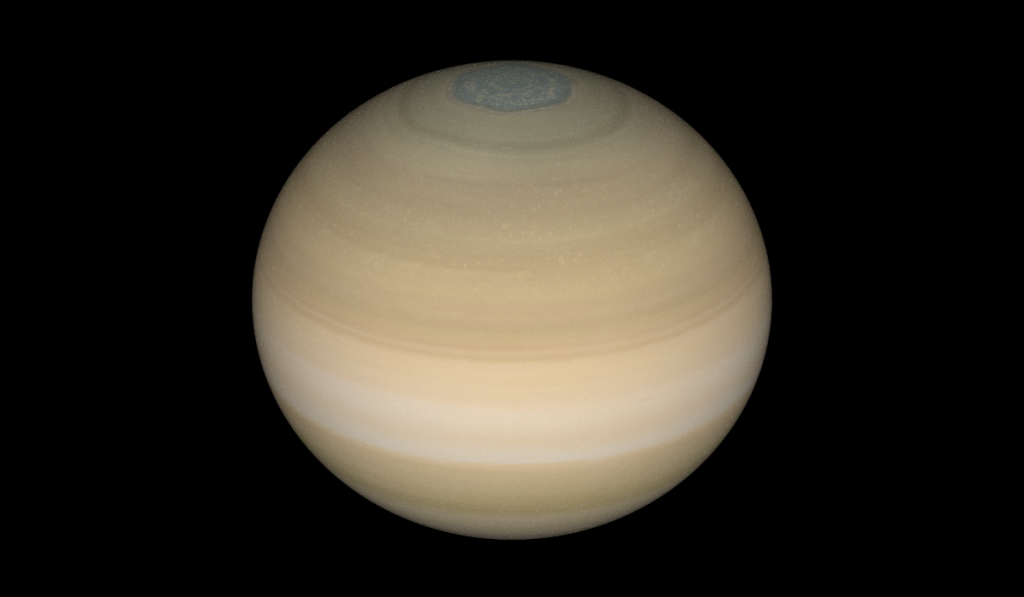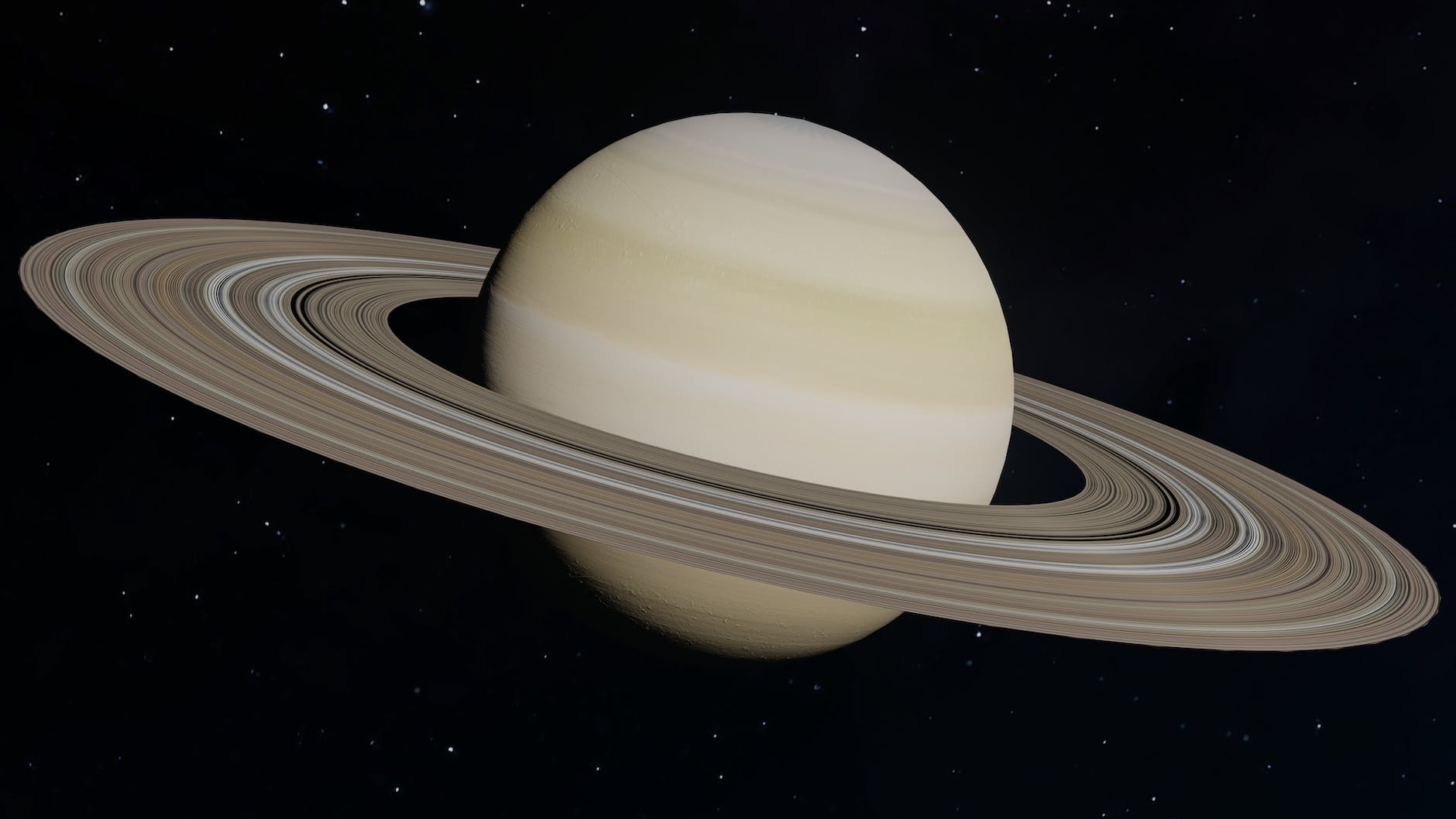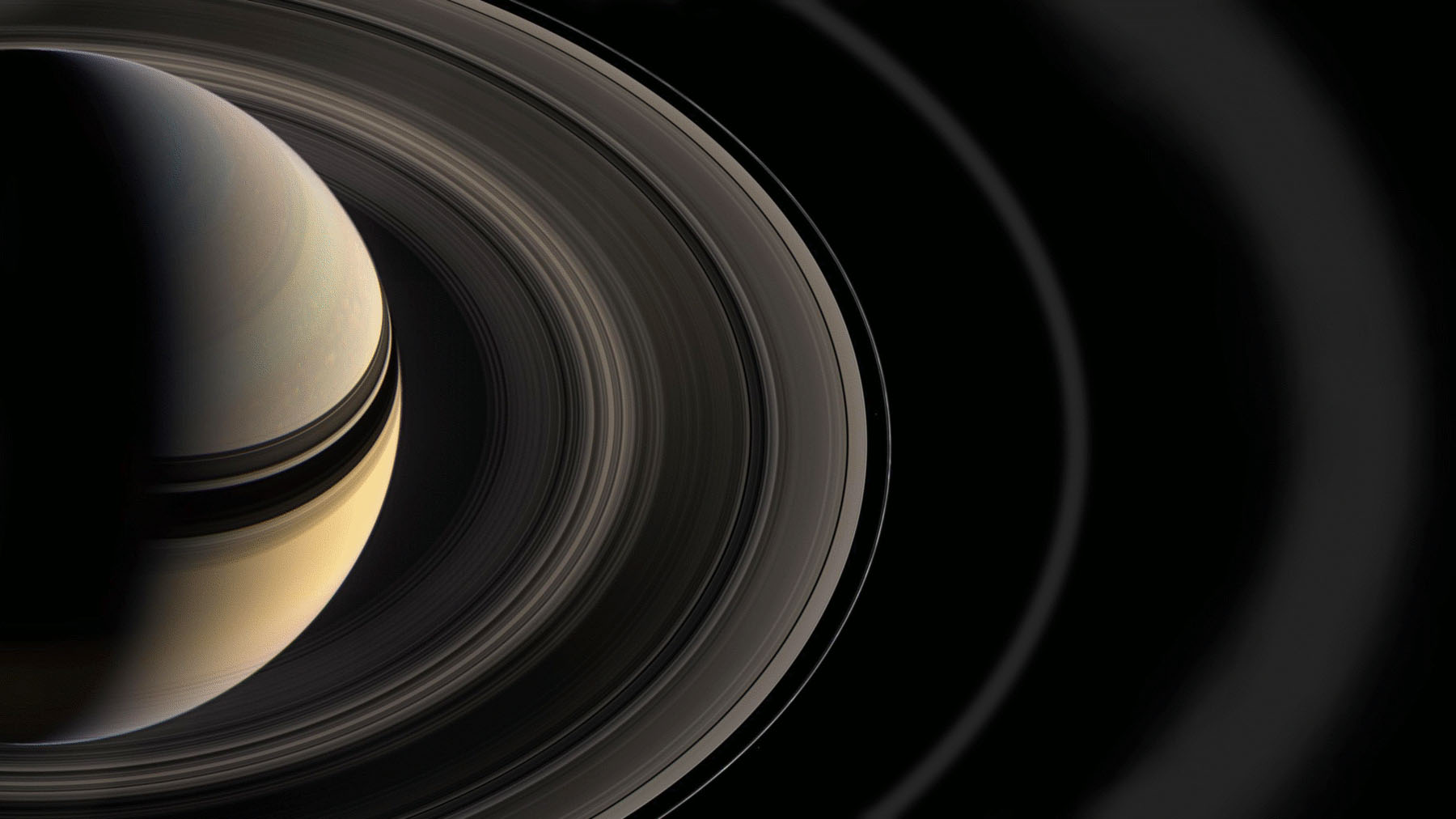 aturn, the jewel of the solar system, has long captivated astronomers and space enthusiasts with its iconic and magnificent rings. However, recent scientific observations and data have revealed a surprising phenomenon—the gradual loss of Saturn’s famous ring system. In this article, we will delve into the intriguing process behind the disappearing rings, explore the scientific explanations, and discuss the implications of this celestial transformation.
aturn, the jewel of the solar system, has long captivated astronomers and space enthusiasts with its iconic and magnificent rings. However, recent scientific observations and data have revealed a surprising phenomenon—the gradual loss of Saturn’s famous ring system. In this article, we will delve into the intriguing process behind the disappearing rings, explore the scientific explanations, and discuss the implications of this celestial transformation.
The Enigma of Saturn’s Rings
Saturn’s rings have been a source of fascination and intrigue since their discovery by Galileo Galilei in 1610. Composed primarily of ice particles, rock fragments, and dust, the rings form a mesmerizing band encircling the planet. For centuries, they have been an iconic symbol of Saturn’s beauty and uniqueness.
In recent years, astronomers using advanced telescopes and space probes have observed changes in the structure and composition of Saturn’s rings. The data indicates a gradual erosion and dispersal of the ring material, leading to the hypothesis that the rings are slowly dissolving.

Scientists are closely monitoring this extraordinary phenomenon, recognizing the need to study and understand the processes behind the vanishing rings before they disappear completely. The urgency of these efforts has prompted collaborative research and the deployment of space missions to gather crucial data and insights.
Exploring the Causes
One leading explanation for the erosion of Saturn’s rings is the impact of micrometeoroids. These tiny particles, traveling at high speeds, collide with the ring particles, causing them to disintegrate and disperse over time. The cumulative effect of these impacts may contribute to the gradual loss of the ring material.
Saturn’s moons, especially the large ones like Titan and Enceladus, exert gravitational forces on the ring particles. These tidal interactions can create waves and disturbances within the rings, leading to their fragmentation and eventual scattering. The combined gravitational influence of Saturn’s moons and the planet itself may play a significant role in the dispersal of the ring material.
Another factor to consider is the interaction between the rings and Saturn’s atmosphere. The planet’s magnetic field and its upper atmosphere can create drag on the ring particles, causing them to slow down and spiral inward. Over time, this process could lead to the erosion and merging of the rings into the planet itself.
The Implications and Scientific Discoveries
The study of Saturn’s vanishing rings provides valuable insights into the processes of planetary formation and evolution. By understanding how the rings are dissipating, scientists can refine their models and theories about the early stages of planet formation and the mechanisms behind the formation of ring systems.

Saturn’s disappearing rings also prompt scientists to reevaluate our understanding of other ringed planets in the universe. By studying the processes and dynamics at play in Saturn’s system, researchers can gain a deeper understanding of the formation and fate of ring systems around other celestial bodies, both within and beyond our solar system.
While the loss of Saturn’s rings may be a natural phenomenon, it evokes a sense of loss and nostalgia for the iconic feature that has mesmerized humanity for centuries. As scientists continue to study and document this transformation, efforts are underway to preserve the legacy of Saturn’s rings through comprehensive documentation, imagery, and data archives.
The Future of Saturn’s Rings
Estimating the timeline for the complete disappearance of Saturn’s rings remains a challenging task for scientists. Predictions range from tens of millions to hundreds of millions of years, but ongoing observations and studies are crucial for refining these estimates.
Regardless of their eventual fate, Saturn’s rings have left an indelible mark on human history and our understanding of the cosmos. The scientific discoveries, cultural significance, and aesthetic appeal of the rings will continue to inspire future generations to explore the wonders of space and strive to unlock the mysteries of the universe.
Saturn, the ringed planet, is undergoing a remarkable transformation as its famous rings gradually fade away. Through scientific observations and research, we are gaining valuable insights into the processes at play, including micrometeoroid impacts, gravitational forces, and ring-planet interactions. While the loss of Saturn’s rings carries significant scientific implications and raises questions about the nature of planetary systems, it also provides an opportunity to reflect on the beauty and transient nature of celestial phenomena. As we witness the vanishing of Saturn’s iconic rings, we are reminded of the ever-changing nature of the cosmos and our ongoing quest to explore and understand the universe around us.
Avid Writer with invaluable knowledge of Humanity!
Upcoming historian with over 30 million views online.
“You make your own life.”





